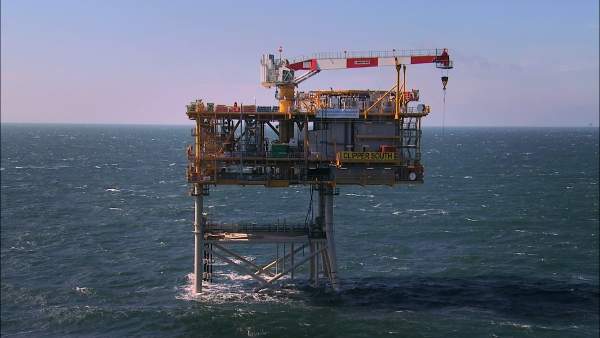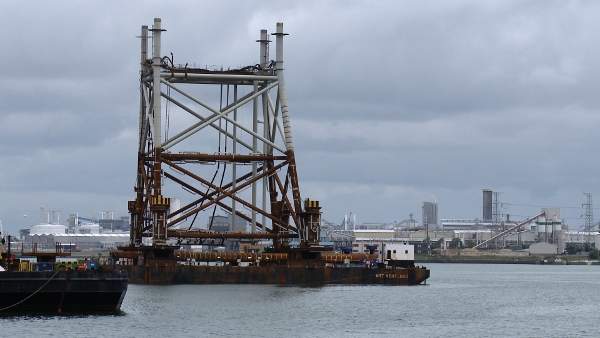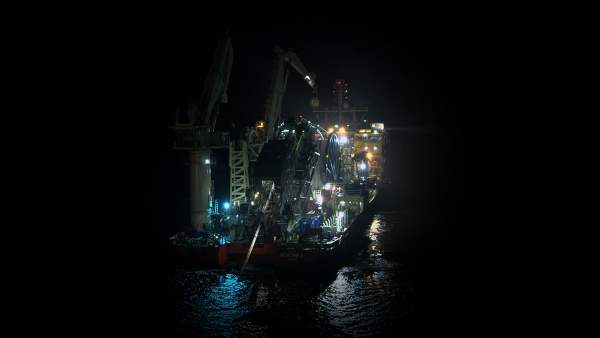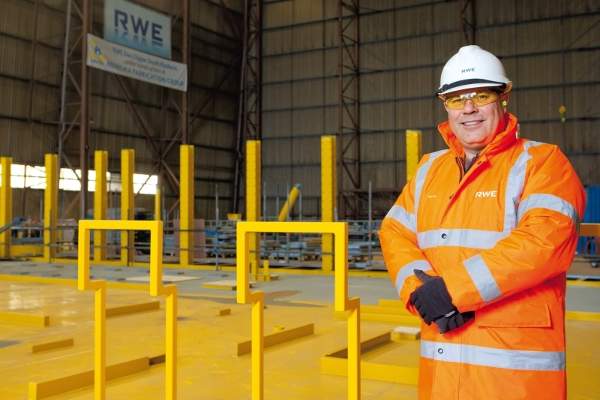Clipper South gas field lies in the UK Continental Shelf (UKCS) of southern North Sea blocks 48/19 and 48/20. The gas field is situated approximately 100km east of the Lincolnshire coast.
RWE Dea UK owned a 50% equity share in the gas field, while Fairfield Energy and Bayern Gas each held 25% equity. RWE Dea and Fairfield sold their shares to Ineos in 2015, which granted 75% ownership to Ineos. The fields are now owned by Ineos and Spirit Energy and remotely operated by Shell.
Approval for the development of the field was sanctioned by the government in March 2011. The field platform was installed in August 2011. Drilling works for the first of the proposed five wells began in February 2012 and first gas was delivered in August 2012.
The supply from the field to the UK gas network via Shell’s Clipper hub began in November 2018.
Clipper South discovery, geology and production
Clipper South gas field was discovered by Shell in 1982. The field reservoir is situated in wind-blown Permian-age sandstones belonging to the Rotliegend group. The source of dry gas is the Carboniferous coal measures underneath the sandstones.
The gas field has reserves of approximately 13.4 billion cubic metres of gas and an estimated production life of 15 years. The depth of water at the production site varies from 22m to 26m, with the reservoir being located approximately 2,500m below the sea floor.
Gas delivery at the field began at a rate of 1.2 million cubic metres per day in the initial stages.
Development details of Clipper South gas field
Related project
Columbus Gas Field, United Kingdom
Columbus is a condensate-rich gas field located primarily in Block 23/16f, which covers an area of approximately 20 square miles (51.8km²) in the central North Sea, in a water depth of 85m.
The development of the Clipper South gas field comprised the drilling of five horizontal wells inducing several hydraulic fractures in each. The depth of the wells ranged between 3,876m and 5,866m.
Two appraisal wells were drilled in 1992, after ten years of drilling the discovery well in 1982.
The first well, which is currently online, was drilled by Ensco 92 rig. It was drilled to a depth of 4,903m by inducing eight hydraulic fractures.
Gas transportation
The Clipper hub is situated 66km from the Norfolk coast and has a capacity to transport approximately 400 million standard cubic feet of gas a day.
Clipper South field was operated unmanned from the Lincolnshire Offshore Gas Gathering System (LOGGS) and Theddlethorpe gas terminal, which are planned for decommission.
Ineos invested $80m for the installation of a new pipeline, subsea infrastructure and processing equipment to re-route the production from Clipper South field following the shutdown of Theddlethorpe gas terminal.
The new Clipper hub to Bacton route ensures continued operation after the decommissioning of the LOGGS and Theddlethorpe gas terminal.
The gas is now transported through the Clipper hub, where it is processed at Shell’s Bacton terminal in Norfolk and then fed into the UK National Grid.
Contractors involved
Technip was contracted to provide the pipeline design, installation and project management services.
The contract for constructing the jacket, platform and piles was awarded to Heerema Vlissingen. The platform was installed by Seaway Heavy Lifting.
The integrated control and safety systems (ICSS) for the project will be installed by Honeywell Process Solutions (HPS).











